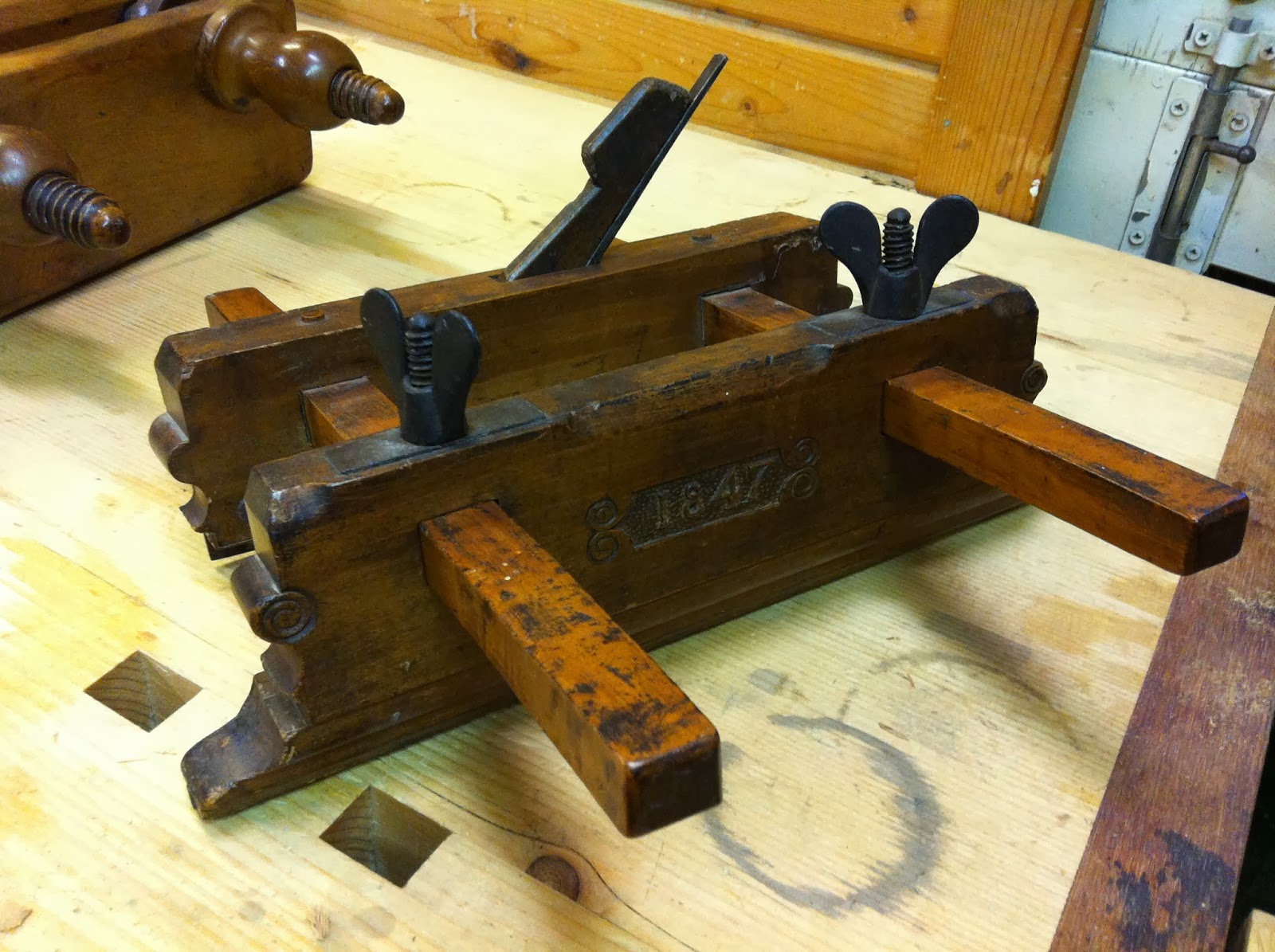Bedrock":1fd0hxy1 said:
I own a Chinese wine bowl... It is simple in design, but not of great beauty, nor, obviously do I use it, but I enjoy the fact that it is that old, and has survived more or less intact.
I think that logic could be applied to many of the tools we have, even if the age isn't in the same league.
Bedrock":1fd0hxy1 said:
There's a point, but probably a very subjective one, where you tip over into industrial archaeology. Having said that, Victorian pumping stations, steam locos, and the like are, in my view, much the better for being fully restored and used, even if the original purpose is no longer viable.
The question of aesthetics is another subjective, but any of the many marks of Spitfire, the Vulcan bomber, or the Concorde, are undeniably beautiful, even if efficiency, rather than beauty was the intention of the designers. Again, I would much rather see them up in the air, and hear their sounds, than see them as a static display.
Here I disagree. In my misspent youth I put in a lot of hours at a steam railway. There were a few discussions about steam locomotives behind glass, and whether they should be out running. In a similar vein, there's a spitfire fighter in the Auckland museum with very few hours on its airframe, and the argument was that it should be out flying.
My opinion is, if it's in good nick and preserved, it should be left preserved - for future generations. If it's in poor nick and you return it to good condition, you've earned the right to use it and risk losing it (to wear, damage or total loss).
The same argument can be applied to tools. I have far too many planes, drills, etc. of varying vintage (very few valuable ones unfortunately). If I have a nice original vintage tool, and newer ones that will do the same job, I put the older ones aside and use mid-aged ones (I try not to own anything too new - unless it's a quality tool like a Clifton plane).
AndyT":1fd0hxy1 said:
In general, I think it's ok to use antique tools for their original purpose. Of course, my usage as an occasional dabbler in woodworking is only ever going to be very light usage. I don't think I will wear out any of the tools in my care.
(snip)
A consequence of this is that I will only do the minimum of restoration to put a tool back into the sort of condition it would be in if it was still in use by a competent tradesman. So gross dirt and rust come off but all signs of honest ageing are retained. In general, that is - there will be odd exceptions.
I like Andy's approach, and although I like to completely strip and repaint an old tool, I am now learning to appreciate them in an "honest aged" condition. I now only repaint common wrecks.
The Record No.05 has a brazed repair to the LH wing - it's very capable of the rough work a jack plane is intended for. I have nicer and older No.05s;
The Record No.04ss has a broken wing - it's a great plane and does all I ask of it;
I use the Clifton No.3 for fine work. I have a couple of very nice pre-WW2 Record No.03/03ss - put aside.
Tools are made to be used - but at some point they begin the cross over into industrial archaeology. Look after them and treat them accordingly.
Cheers, Vann.










